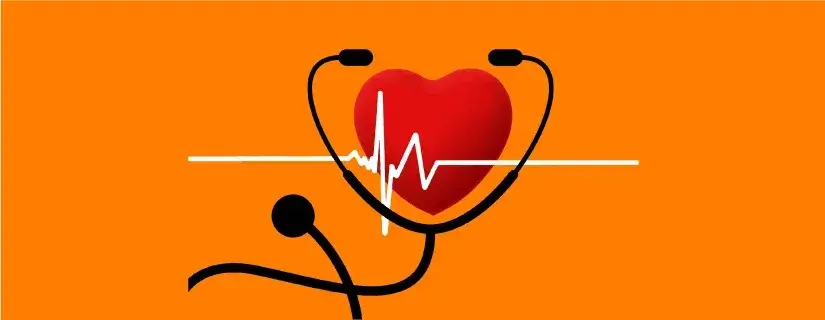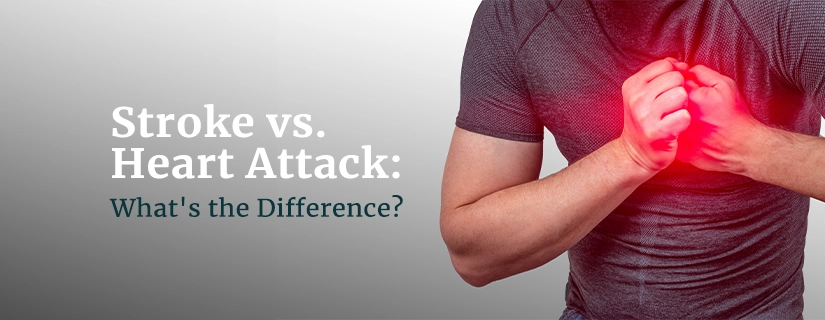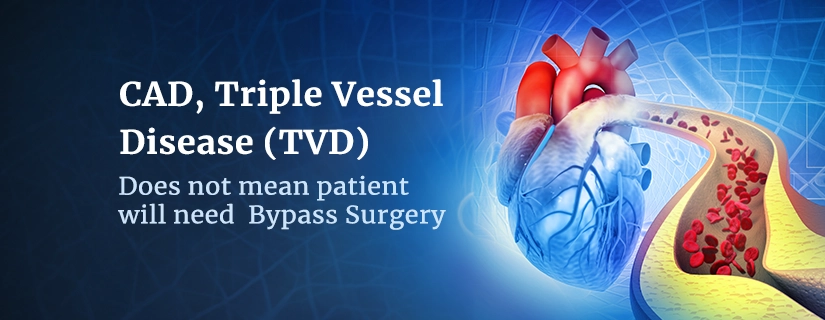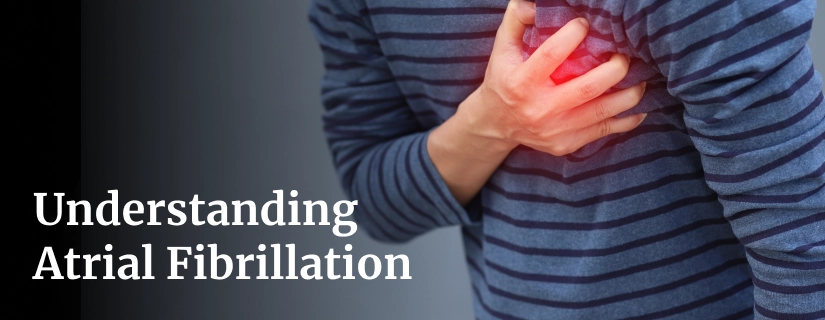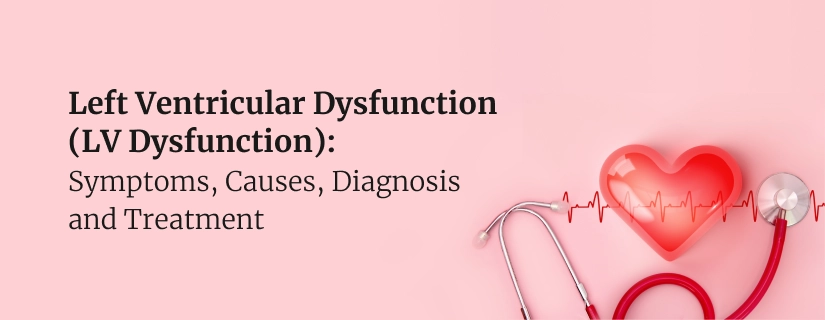-
Doctors
-
Specialities & Treatments
Centre of Excellence
Specialties
Treatments and Procedures
Hospitals & Directions HyderabadCARE Hospitals, Banjara Hills CARE Outpatient Centre, Banjara Hills CARE Hospitals, HITEC City CARE Hospitals, Nampally Gurunanak CARE Hospitals, Musheerabad CARE Hospitals Outpatient Centre, HITEC City CARE Hospitals, Malakpet
HyderabadCARE Hospitals, Banjara Hills CARE Outpatient Centre, Banjara Hills CARE Hospitals, HITEC City CARE Hospitals, Nampally Gurunanak CARE Hospitals, Musheerabad CARE Hospitals Outpatient Centre, HITEC City CARE Hospitals, Malakpet Raipur
Raipur
 Bhubaneswar
Bhubaneswar Visakhapatnam
Visakhapatnam
 Nagpur
Nagpur
 Indore
Indore
 Chh. Sambhajinagar
Chh. SambhajinagarClinics & Medical Centers
Book an AppointmentContact Us
Online Lab Reports
Book an Appointment
Consult Super-Specialist Doctors at CARE Hospitals
Difference between Angioplasty and Angiography
Updated on 15 November 2023
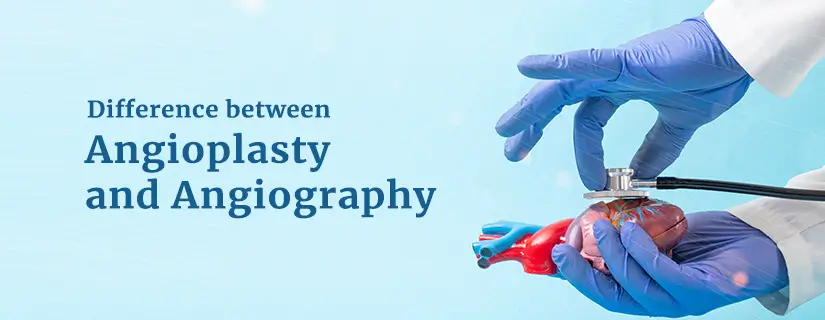
Cardiovascular illnesses continue to be a primary cause of mortality across the world. Fortunately, advances in medical technology and procedures have significantly improved the diagnosis and treatment of these conditions. Two important techniques in the realm of cardiac care are angioplasty and angiography, often used together in diagnosing and treating heart-related issues. While they share similarities in terms of their purpose and equipment, they serve distinct roles in the management of cardiovascular problems.
What is Angiography?
Angiography is the term used to describe the technique of looking at arterial blood vessels to check for blood flow obstructions. The primary objective of this procedure is to obtain detailed images of the circulatory system to identify blockages, aneurysms, and other abnormalities. This procedure provides real-time images that can help identify any narrowing or blockages in the coronary arteries. The images or readings that result from this method are referred to as angiograms.
Angiography serves primarily as a diagnostic tool. It helps medical specialists in evaluating the patient's coronary arteries' state and formulating a treatment plan.
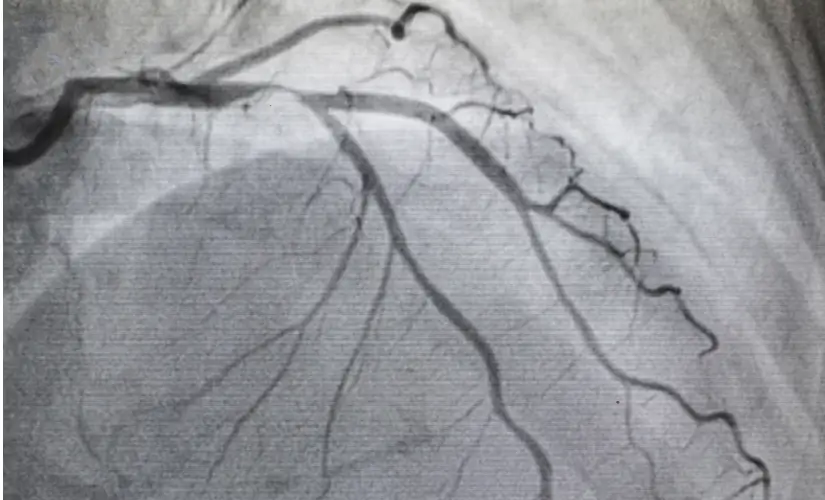
What is Angioplasty?
Angioplasty is an interventional procedure designed to treat coronary artery blockages by widening narrowed or obstructed blood vessels. The most common form of angioplasty is known as Percutaneous Transluminal Coronary Angioplasty (PTCA), often referred to as balloon angioplasty. The primary goal of angioplasty is to restore blood flow through a blocked artery. While angioplasty can confirm the presence and location of coronary artery blockages, its primary function is to treat these blockages rather than diagnose them.
Angioplasty is an interventional treatment method used to alleviate the symptoms of coronary artery disease and reduce the risk of heart attacks. It directly addresses the issue of arterial blockages by physically widening the narrowed vessel.
.webp)
Difference between Angioplasty and Angiography
Angiography and angioplasty procedures are comparable in certain aspects. However, there are differences because they each aim to address a specific health concern.
When does a Doctor Recommend?
Angiography
In the following circumstances, the doctor may suggest an angiography:
- Presence of risk factors for cardiovascular disease, High blood pressure, diabetes, smoking, and a family history of heart disease.
- Need to look into the origin of unexplained symptoms or keep track of the development of an existing vascular problem.
- To design a suitable treatment strategy, the degree and severity of arterial blockages or anomalies must be assessed.
- When non-invasive testing, such as an ECG or a stress test, suggest the risk of artery blockages or constriction.
Angioplasty
In the following circumstances, the doctor may suggest an angioplasty:
- The patient displays signs, such as chest pain, that point to decreased blood supply to the heart muscle.
- Angiography revealed indications of a substantial blockage or narrowing in the coronary arteries of the heart or other peripheral arteries.
- The patient has suffered a heart attack or unstable angina, suggesting that there is more need for blood flow restoration.
Procedure
- Angiography - The patient will be given a sedative to help them relax and local anaesthesia to numb the area of the incision. To access the femoral artery, the doctor will make a small incision in the outer groin area. A thin catheter made of medical-grade tubing is inserted into the artery by the doctor, who then threads it to the location that needs to be examined. The doctor then injects iodine dye into the tubing to make it visible in the blood vessels they want to investigate. An X-ray machine is used by the doctor to create a series of images that display the heart's activity, blood pressure, and blood oxygen levels. Once the procedure is complete, the catheter is removed.
- Angioplasty - The vascular surgeon will make an incision and thread a catheter tube to the location of the blockage or narrowed artery within the femoral artery. However, the tip of this catheter contains a small balloon. The surgeon inflates the balloon next, pushing the obstruction against the artery wall. After deflating the balloon, the doctor injects iodine dye to check if the blood flow has improved. Upon confirming that the condition has improved, the doctor removes the balloon and catheter from the artery.
Purpose
- Angiography - Angiography is primarily a diagnostic procedure to visualise and identify blockages or abnormalities in blood vessels.
- Angioplasty - Angioplasty is an interventional procedure designed to treat and alleviate blockages by physically expanding the narrowed artery.
Duration
- Angiography - The length of each angiography varies based on the area and any blockages or anomalies that the doctor may find. Angiography often lasts anywhere from 15 minutes to 2 hours or more. An angiography is often an outpatient procedure, meaning the patient can return home the same day.
- Angioplasty - The length of an angioplasty might range from 30 minutes to three hours or more, depending on the kind. The patient often stays in the hospital after an angioplasty so that nurses can keep an eye on their well-being and ensure that the surgery is effective.
Recovery Time
- Angiography - One could have pain at the incision site for one to two days following an angiography. The patient may also experience one- to two-week-long bruising. The doctor will advise against engaging in any vigorous exercise for at least a week.
- Angioplasty - The patient will be released from the hospital 1-2 days following an angioplasty. They could experience typical bruising and pain. For roughly a week, the doctor will advise against engaging in any vigorous exercise. Each person recovers at a different pace.
Conclusion
Angiography and angioplasty are two vital components of cardiovascular care, each with its own distinct role and purpose. Angiography is primarily a diagnostic tool, allowing healthcare professionals to visualise blockages and plan treatment, while angioplasty is an interventional procedure focused on opening narrowed arteries and restoring proper blood flow to the heart. Both procedures are essential in managing coronary artery disease and other cardiac conditions, working in tandem to provide an accurate diagnosis and effective treatment for patients with heart-related issues.

ENQUIRY FORM
SELECT CATEGORIES
-
Neurosciences (16)
-
Neurology (37)
-
Neurosurgery (14)
-
Orthopaedics (48)
-
Oncology (33)
-
Obstetrics and gynecology (51)
-
Pulmonology (23)
-
Urology (20)
-
Nephrology (13)
-
Psychiatry (7)
-
Dietetics and Nutrition (111)
-
General Medicine (63)
-
Cardiac Sciences (30)
-
Vascular & Endovascular Surgery and Interventional Radiology (10)
-
Gastroenterology (46)
-
Endocrinology (23)
-
Plastic Surgery (10)
-
Critical Care Medicine (5)
-
COVID-19 (16)
-
Dermatology (16)
-
Emergency Care (1)
-
Ophthalmology (4)
-
Pediatrics (14)
-
Laparoscopic and Bariatric Surgery (8)
-
ENT (15)
-
Kidney Transplant (1)
-
Liver Transplantation and Hepatobiliary Surgery (5)
-
General Surgery (3)
-
Internal Medicine (5)
-
Medicine Information
పెరుగుతున్న గుండెవ్యాధుల నివారణకు విప్లవాత్మక చికిత్సలు
Silent Heart Attack: Causes, Symptoms, Risks, Diagnosis and Treatment
YOU MAY ALSO LIKE
RECENT BLOGS
-
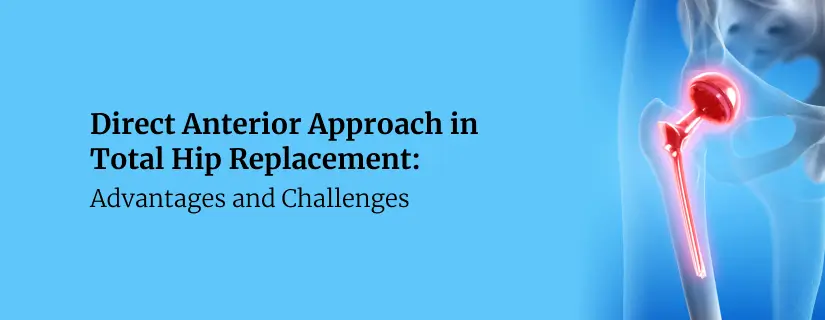
Direct Anterior Approach in Total Hip Replacement: Advantages and Challenges
10 April 2025
Read More
-

Zinc Deficiency: Signs and Symptoms, Causes, Treatment
9 April 2025
Read More
-

Chest Pain When Coughing: Causes, Treatment and Home Remedies
9 April 2025
Read More
-

12 Health Benefits of Eating Mushrooms
8 April 2025
Read More
-

7 Health Benefits of Blood Donation You Should Know About
8 April 2025
Read More
-

Implantation Bleeding Vs Periods: Know the Difference
28 February 2025
Read More
-

Bloating During Ovulation: Symptoms, Causes and Remedies
28 February 2025
Read More
-

Itching During Dengue: Causes, Treatment and Home Remedies
18 February 2025
Read More
Have a Question?
If you cannot find answers to your queries, please fill out the enquiry form or call the number below. We will contact you shortly.











